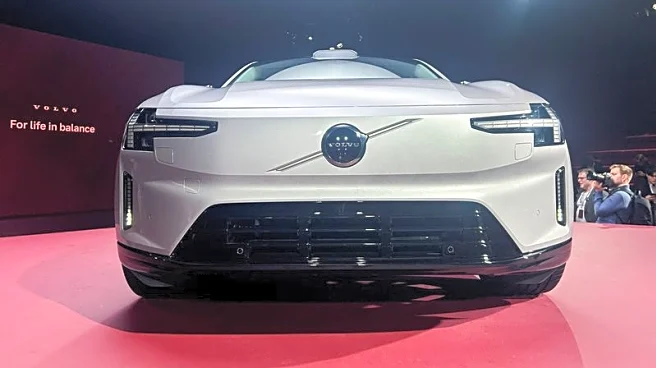What's Happening?
Bloomin' Brands, the parent company of Outback Steakhouse, has closed 21 restaurants across the United States as part of a comprehensive cost-cutting strategy. This move is the beginning of a larger plan
that will see 22 more Outback locations close over the next four years as leases expire. The closures are driven by underperforming units, shifting consumer spending, and increased competition from value-driven rivals such as Texas Roadhouse and LongHorn Steakhouse. Bloomin' Brands has also suspended its shareholder dividend to conserve cash for debt repayment and store investments, while announcing a $75 million reinvestment plan aimed at improving menu quality and customer service.
Why It's Important?
The closure of these Outback Steakhouse locations highlights the challenges faced by major dining chains in adapting to post-pandemic consumer spending patterns. Bloomin' Brands' decision to shutter these restaurants reflects broader industry trends where companies are reevaluating their business models to maintain profitability amid shrinking margins and stalled traffic. The strategic overhaul, including a focus on improving service standards and remodeling existing locations, aims to enhance customer satisfaction and drive restaurant visits. This move could impact employees, local economies, and the competitive landscape in the casual dining sector.
What's Next?
Bloomin' Brands plans to remodel every remaining Outback location by the end of 2028, with changes including brighter interiors, smaller kitchens, and expanded pickup areas to accommodate rising demand for takeout. The company is betting on a leaner footprint and higher service standards to improve performance. Servers will handle fewer tables per shift to boost customer satisfaction and check averages. The success of these initiatives will be crucial in determining whether Bloomin' Brands can regain its competitive edge and stabilize its financial performance.
Beyond the Headlines
The strategic changes at Bloomin' Brands could signal a shift in the casual dining industry towards more streamlined operations and enhanced customer experiences. As companies face increased competition and changing consumer preferences, there may be a broader move towards optimizing service delivery and leveraging technology to meet customer demands. This could lead to long-term shifts in how dining establishments operate and interact with their clientele.












